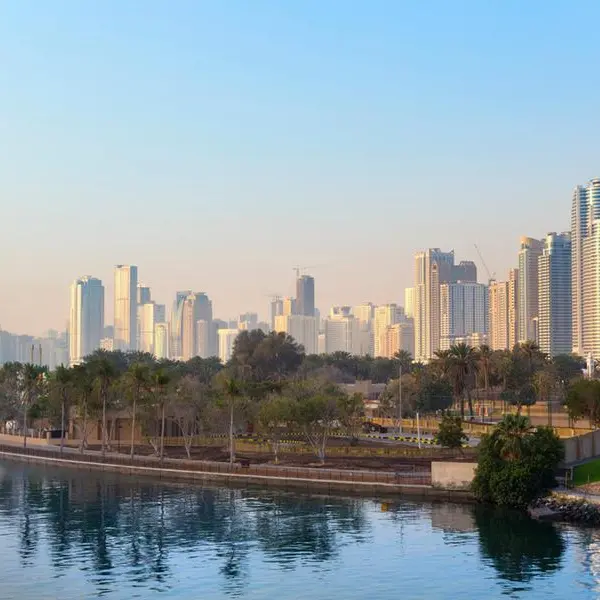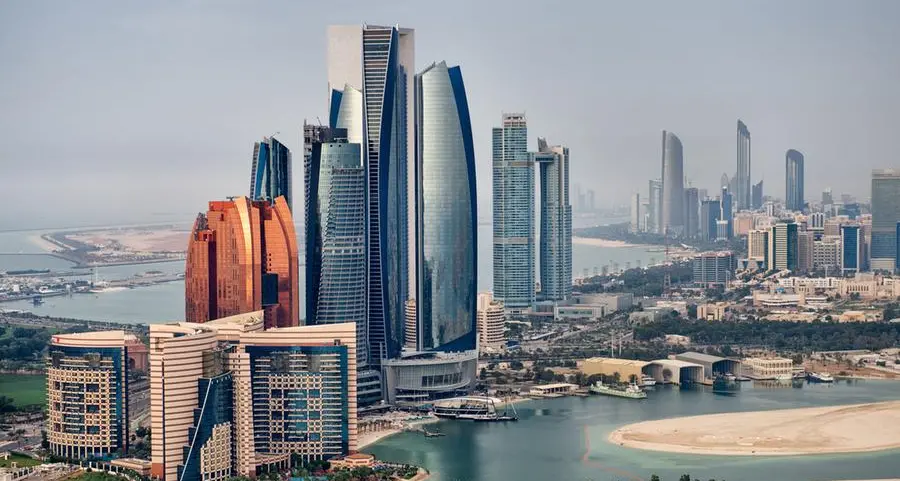A record-breaking year
617.9 GW is the estimated global installed capacity as of now. This year has been a record-breaking year for solar tariffs in the MENA region mainly because of tremendous cost declines leading the way towards grid parity. In October, we witnessed one of the lowest bids for solar projects ever, recording 1.69 $cents per kWh, for Dubai's phase V of the Mohammad Bin Rashid Al Maktoum Solar Park.
Continued Growth
The trend of MENA governments focusing on energy diversification through the implementation of large-scale projects is set to continue in the future. In the UAE, Dubai is targeting the roll out of 5 GW of capacity by 2030 from the Mohamed Al Rashid Al Maktoum Solar Park. Abu Dhabi has engaged its second large PV project and considering the roll out by 2025 of several other similar large scale solar projects,. Speaking about CSP in MENA, the installed capacity has doubled in the last 2 years reaching 725 MW. Morocco and the UAE are the top countries for CSP projects.
Morocco is aiming for 52 % of renewable energy generation in its energy mix in by 2030, Tunisia is aiming at 30% and Egypt has set its sights on 20% of renewable energy generation in its electricity mix by 2022. Saudi Arabia is now in the third year of implementation of its massive target of 60 GW of renewable energy generation by 2030. We see this trend as continuing in the near future.
It is also interesting to note that KSA and Oman (where 1.5 GW of solar is expected to come online by end 2022) have now joined the solar leaders: UAE, Morocco and Egypt. Other countries like Pakistan and Irak have also increasing appetite for the use of solar in their energy mix.
Finally, beyond utility scale, decentralized energy projects and end use of solar energy is confirming a strong rise.
Game changers
Solar power is in a constant state of innovation and in 2019 we witnessed the breakthrough of new technologies – including bi-facial modules, thin films and the use of Artificial Intelligence, which are promising greater efficiencies in solar projects across the region. While solar power is the main focus to offer a truly viable alternative to fossil-based fuel, efficient and costs effective storage solutions are widely accepted as being the game changer over the next few years. The cost for storage is declining rapidly (a lithium- ion battery pack is expected to be as low as 62 USD/kWh in 2030) and varied solutions such as improved concentrated solar thermal storage or large-scale liquid air storage are emerging. Green Hydrogen could very soon become a key game changer and provide the flexibility and stability necessary to allow management and integration of intermittent renewable energy into the energy system.
Martine Mamlouk, Secretary General of MESIA: “At MESIA, we are excited to see solar developments in the MENA region accelerating and reaching attractive tariffs whilst lowering the carbon footprint of the regional economies. Total investment in renewables in MENA between 2019-2023 is expected to represent USD 71.4 billion, a 34% share of the total investment in the power sector (USD 210 billion). While the industry is reaching grid parity, it is great to see the deployment of new innovative technologies to increase efficiency of the systems, management of production and grid and it is also interesting to see how storage solutions, such as hydrogen, will bring the necessary flexibility to allow integration of a greater share of intermittent renewable energy in the energy system. The solar industry is thrilled and proud to participate in this profound transformation of the energy system, contributing to limit climate change”.
About MESIA
MESIA is the largest solar trade association in the Middle East and North Africa region. Established in 2009, the association represents over 150 international and local organizations including investors, installers, manufacturers, law firms, consultants, policymakers and banks. MESIA is headquartered in Dubai, UAE and carries out solar-related activities and programs across the MENA region. Its regional coverage stretches from Morocco to Saudi Arabia, from Egypt to Oman, with over 10,000 subscribers across the MENA region. Over the past 10 years, MESIA has organized over 70 industry events focused on strengthening the footprint of solar energy in our region, including trade missions in KSA, Egypt, Pakistan and Jordan. Along the way, MESIA has won several prestigious awards and had been recognized by leading government authorities across the MENA region. MESIA also publishes industry-leading reports which have been featured in the New York Times, Wall Street Journal and the FT. To learn more about MESIA visit www.mesia.com.
© Press Release 2020Disclaimer: The contents of this press release was provided from an external third party provider. This website is not responsible for, and does not control, such external content. This content is provided on an “as is” and “as available” basis and has not been edited in any way. Neither this website nor our affiliates guarantee the accuracy of or endorse the views or opinions expressed in this press release.
The press release is provided for informational purposes only. The content does not provide tax, legal or investment advice or opinion regarding the suitability, value or profitability of any particular security, portfolio or investment strategy. Neither this website nor our affiliates shall be liable for any errors or inaccuracies in the content, or for any actions taken by you in reliance thereon. You expressly agree that your use of the information within this article is at your sole risk.
To the fullest extent permitted by applicable law, this website, its parent company, its subsidiaries, its affiliates and the respective shareholders, directors, officers, employees, agents, advertisers, content providers and licensors will not be liable (jointly or severally) to you for any direct, indirect, consequential, special, incidental, punitive or exemplary damages, including without limitation, lost profits, lost savings and lost revenues, whether in negligence, tort, contract or any other theory of liability, even if the parties have been advised of the possibility or could have foreseen any such damages.










